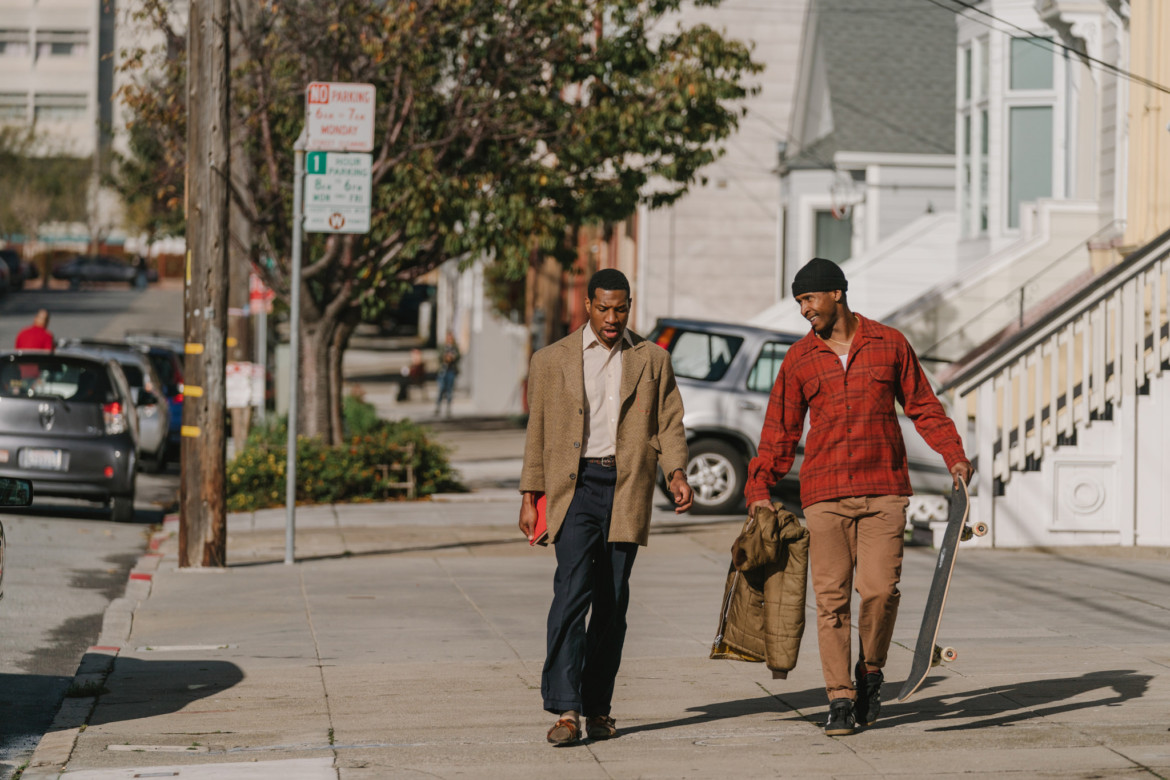Director Joe Talbot, writer and star Jimmie Fails, Rob Morgan, and Tichina Arnold discuss the making of “The Last Black Man in San Francisco”
By Nina Tabios
“You don’t get to hate San Francisco unless you love it,” said Jimmie Fails, signing off his love letter to the city in the feature-length debut, “The Last Black Man in San Francisco.” The story’s heartbeat rests in the reclamation of a house—Fails’ grandfather’s majestic Victorian in the Fillmore—but the film chronicles Fails’ journey on what it means to have a home in a rapidly changing San Francisco he barely recognizes but is desperate to hold on to.
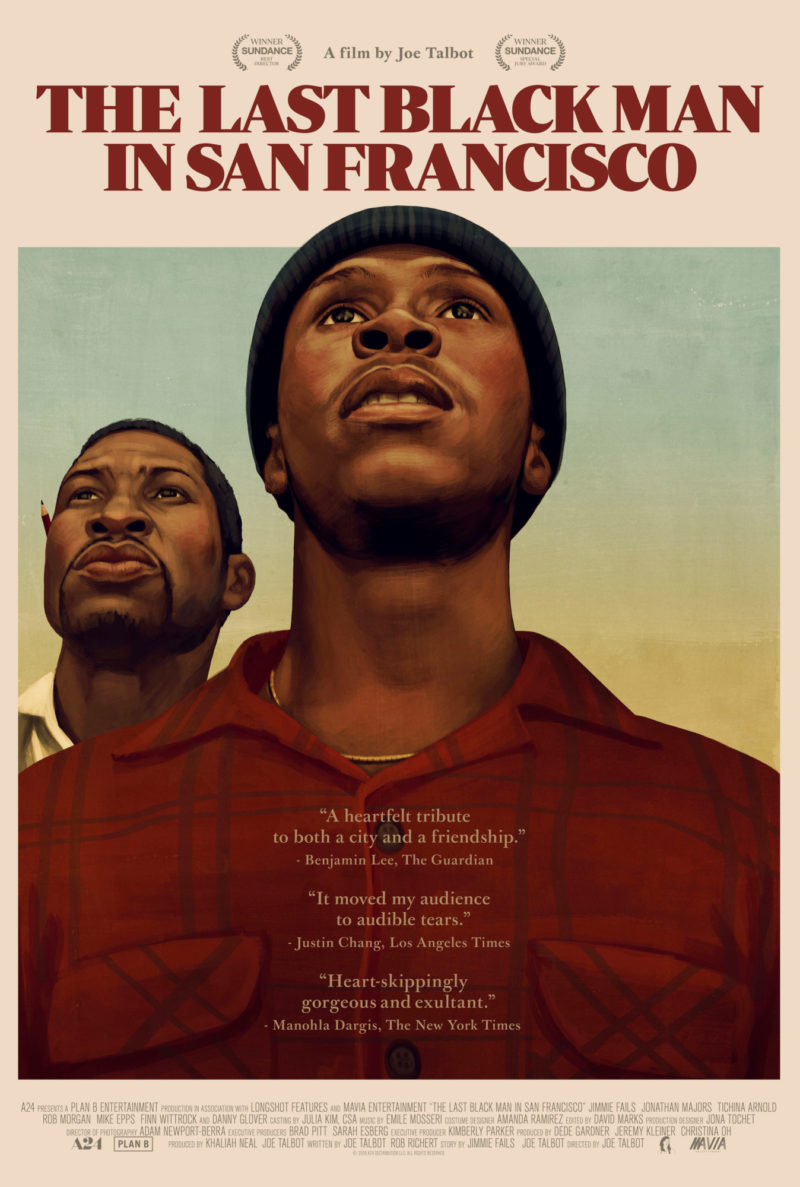
Courtesy of A24.
Directed by Joe Talbot, who co-wrote the film with Fails and Rob Richert, “The Last Black Man in San Francisco” takes plot beats from Fails’ own life but there’s no straightforward narrative scheme. Told across a collection of vignettes, the story weaves a blanketed feeling of unconditional love and weighted loss. It’s a paean to the city the film’s creators simultaneously loathe and adore, framed as a place that’s somewhat alien and foreign but also fantastically whimsical. Talbot’s camera shows San Francisco underneath their microscope; a free-spirited locale fit for bombing hills on a skateboard, fishing in a toxic bay marshland and coming across the occasional naked guy at a bus stop.
Yet through it all, Talbot and Fails’ story remains beautifully poignant and poetic. They keenly counter balance moments of quirky, playful humor—Fails’ best friend Montgomery (a scene-stealing Jonathan Majors) is the best at this—with deep, heavy emotion. After joyfully furnishing the house with the antiques left at his aunt’s house (played by the bright Tichina Arnold), Fails visits his father’s tension-filled apartment. The reckoning of displacement hangs low (though it never outwardly mentions gentrification) right alongside the peeled layers of black masculinity.
“I think the more you laugh at this movie, the harder you cry,” said Talbot, during the film’s recent Bay Area press stop. “I think that some of that probably comes from us, our dynamic. We joke a lot and we talk about serious s— and sometimes the juxtaposition is very close to each other. Humor can be used to laugh off pain and then sometimes painful things can be funny.”
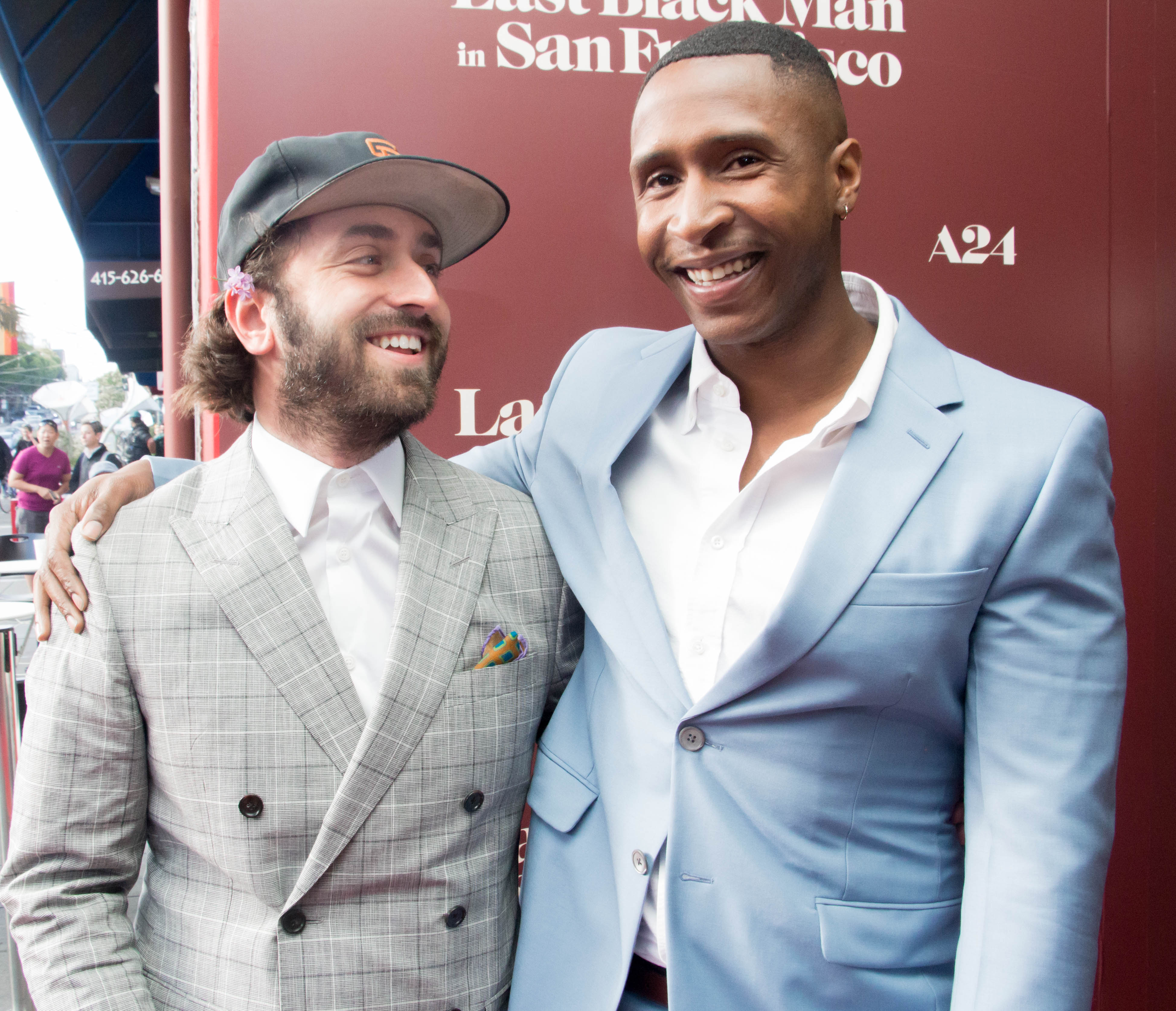
Director and writer Joe Talbot with writer and star Jimmie Fails at the San Francisco premiere of “The Last Black Man in San Francisco.” Photo by Adrian Childress.
Interestingly enough, “The Last Black Man in San Francisco,” which won a directing and special jury prize award at Sundance this year, started off as a joke. Fails first told Talbot the story of his grandfather’s house when he was around 16-years-old, “or something.”
“I don’t remember how we got to talking about it anyway,” Fails mentioned, sitting next to Talbot. “And then we were like, ‘F— it we should make a movie about it.’ But it was literally just a joke. And then it became an idea.”
The two spent five years writing the story living in Talbot’s parents’ house not too far away from the Castro Theatre. Talbot dreamed of having a premiere in the historic movie palace; his grandparents took him to see “The Godfather” there when he was a kid and they also gave him his first job. The pair always thought Fails’ tale could be one of those, “classic San Francisco epics,” up there with “Dark Passage” and “Vertigo” to “Bullitt” and “Dirty Harry,” even “Mrs. Doubtfire.” The nostalgia and tone of “The Last Black Man in San Francisco” rides totally on location but also the people occupying the frame. Many San Francisco greats tip their hat with thoughtful roles and cameos (Danny Glover, rapper San Quinn, Dead Kennedys’ Jello Biafra, and Michael Marshall) whereas other archetypes were pulled straight from Fails’ friend circle. The few non-San Franciscans took cues from their leads and centered their respective roles around the city while on set.
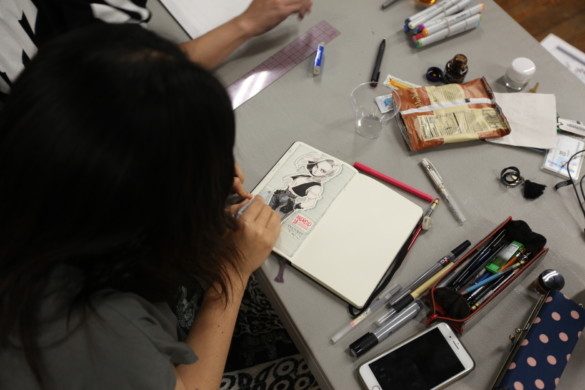
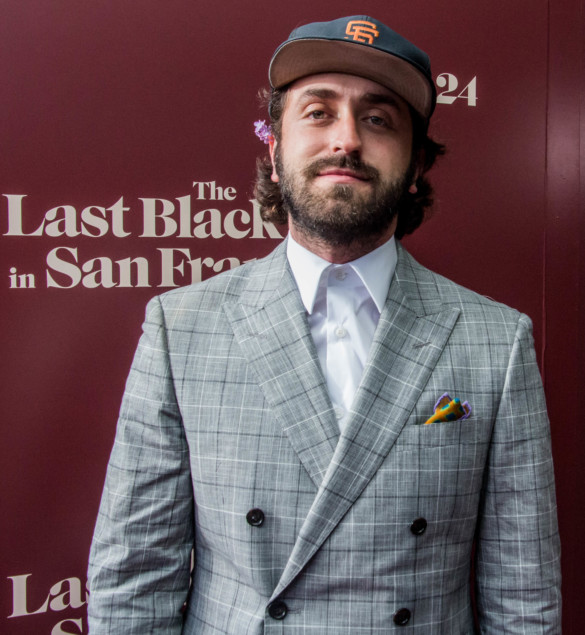
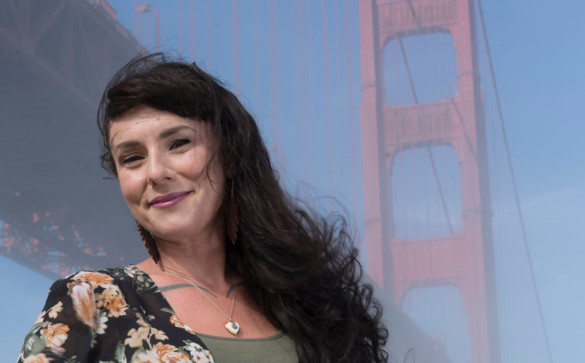
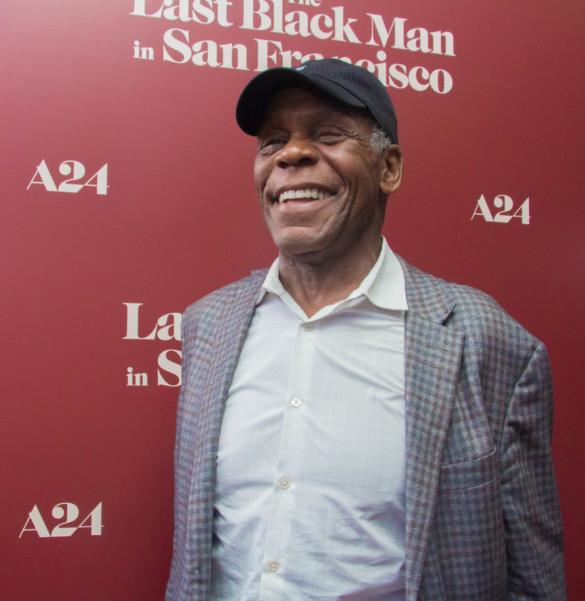
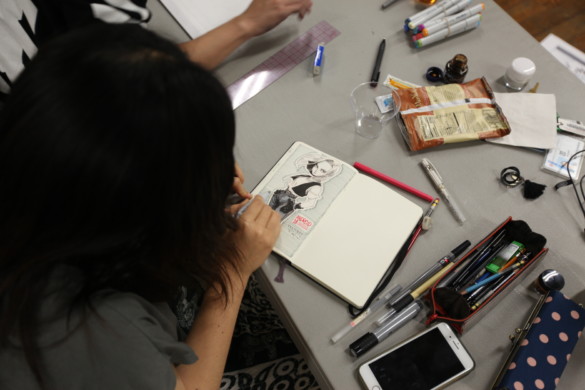
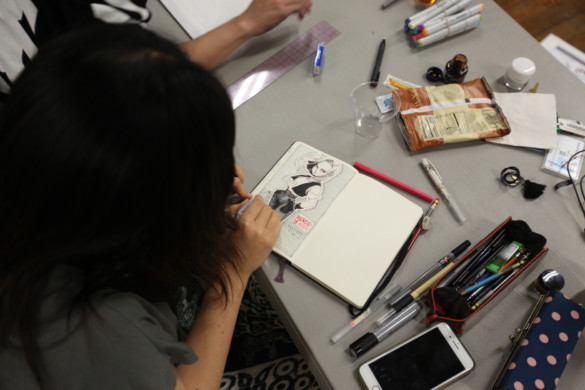
“We were shooting [in the Tenderloin] and that was really informative to the characters. To just see San Franciscans in their natural habitat, walking around getting high, those particular ones,” laughed Rob Morgan, who is from Brooklyn. “It was very informative to the body language of people of San Francisco: The way they hold their head, the way their shoulders fold, things like that. I was just out there observing, just using the environment and that informed the character you see.”
On the subject of acting, Morgan praised Fails for not just being a first-timer, but for doing so while also being a part of the direction, production, and wardrobe. Fails didn’t need to act, Arnold assured. He just needed to tell his story.
“This film is beyond the story that they’re trying to tell,” Arnold said. “This story has so many nuances and memories and it comes from a real place … Jimmie set the stage for the rest of us as actors to be able to play our roles a little better. We’re bringing his story to life. We were just talking about how Wanda is the only female that he loves. There’s no love interest. The love interest is San Francisco.”
